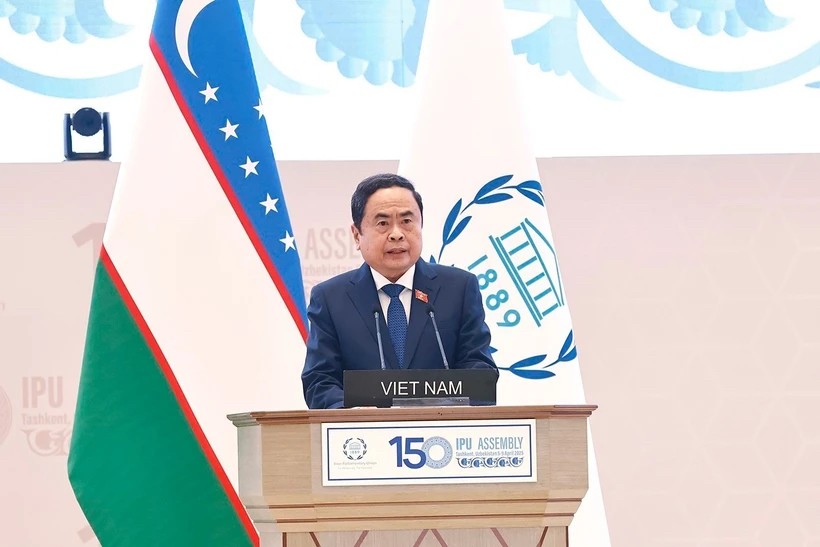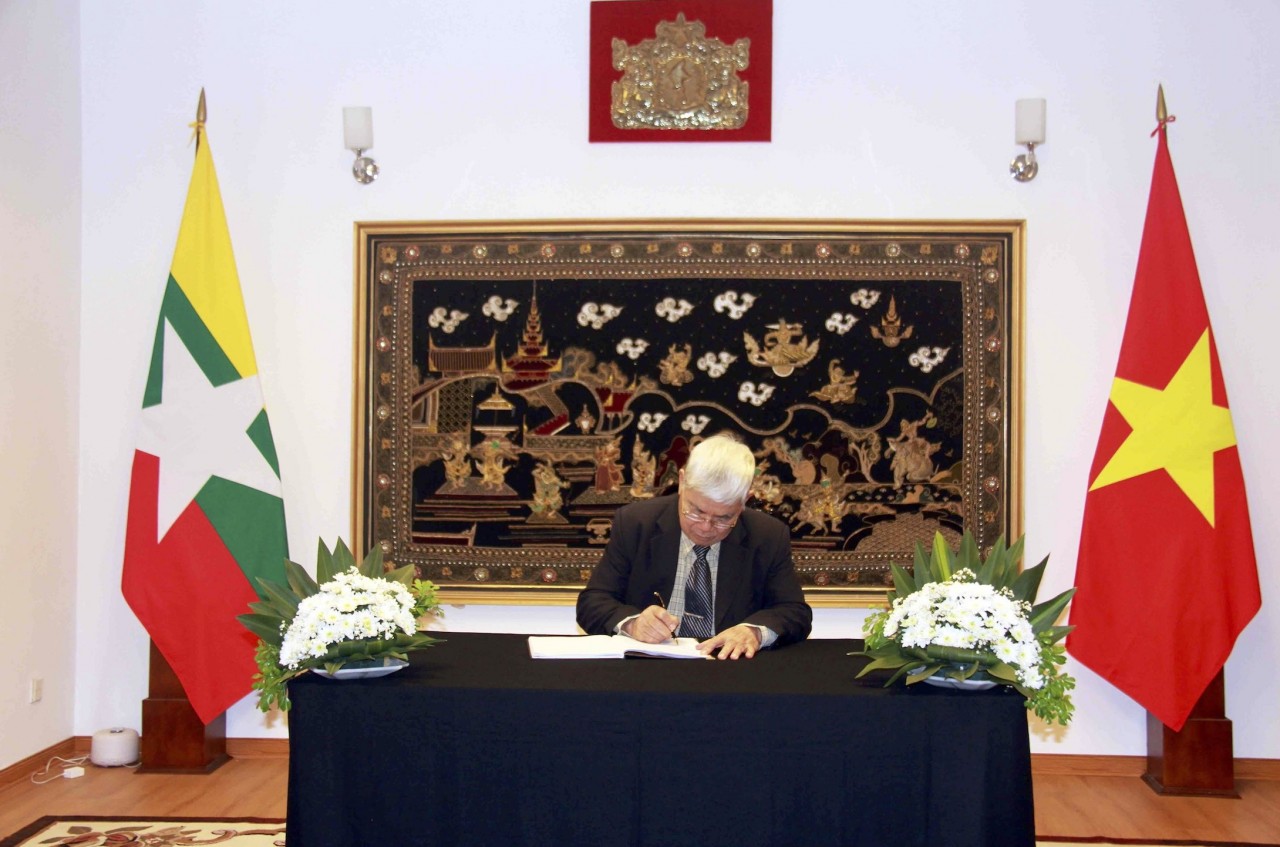Japan mourns lives lost in earthquake and Fukushima disaster 10 years ago
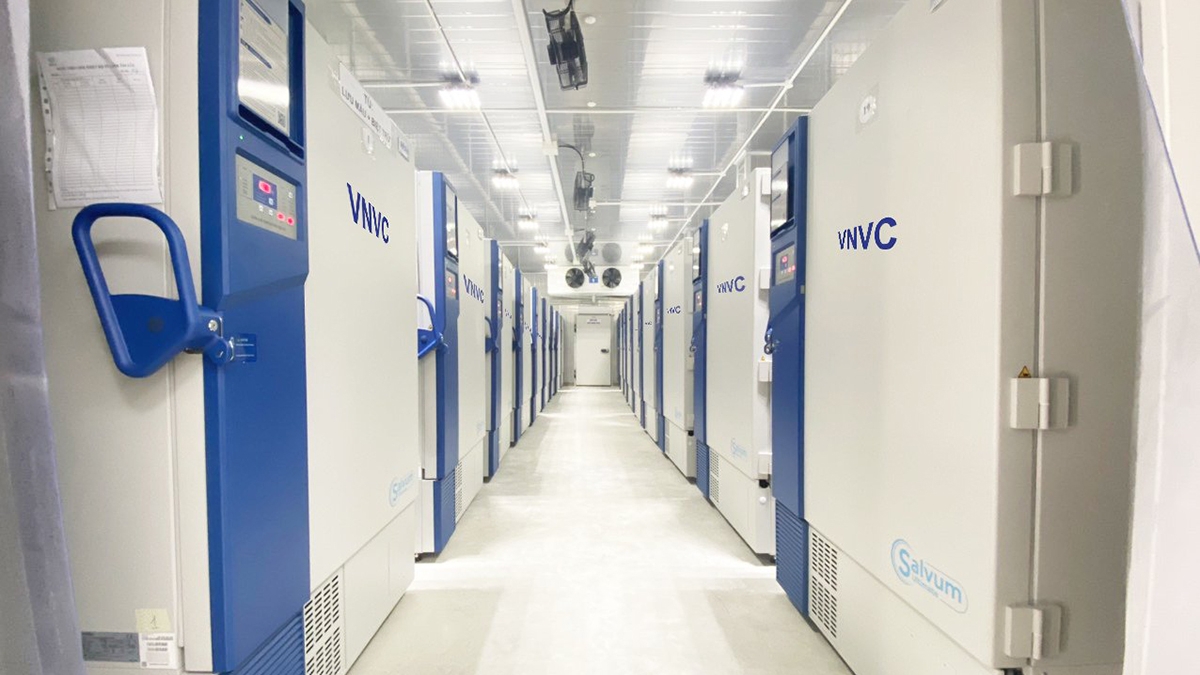 | Japan supports Vietnam to build Covid-19 vaccine cold storages |
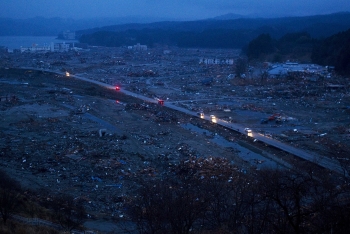 | Japan: A decade later after the catastrophic tsunami |
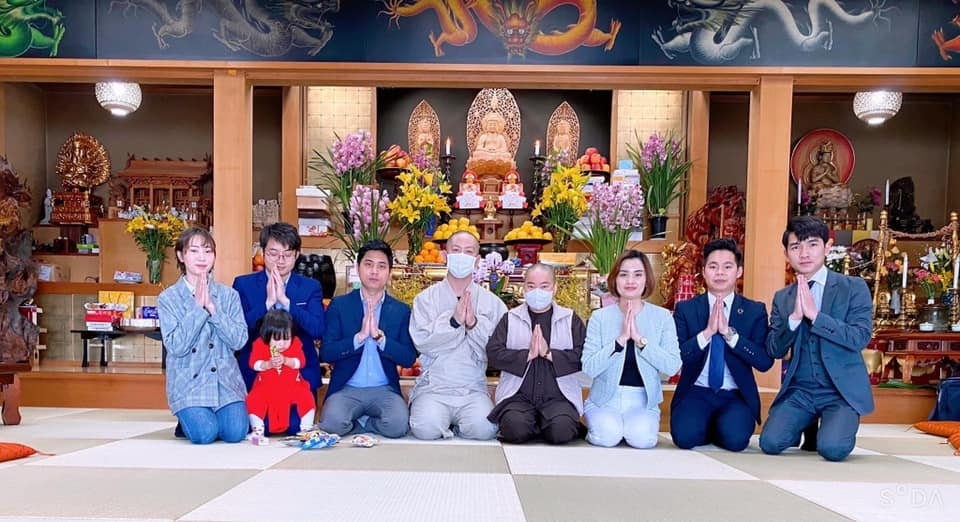 | 'Must-visit' Vietnamese pagodas in Japan for peace of mind |
Residents in the severely affected prefectures of Fukushima, Iwate and Miyagi will observe a moment of silence at 2:46 p.m., exactly a decade after the huge quake shook eastern and northeastern Japan, triggering tsunami waves and the world’s worst nuclear disaster since the 1986 Chernobyl crisis, Japantimes reported.
Huge waves triggered by the 9.0-magnitude quake - one of the strongest on record - crashed into the northeastern coast, crippling the Fukushima Dai-ichi power plant and forcing more than 160,000 residents to flee as radiation spewed into the air.
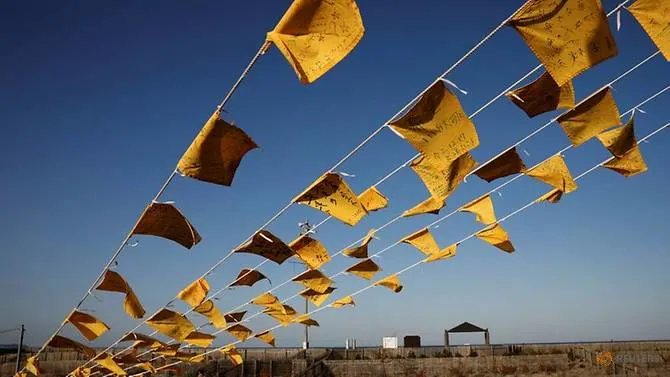 |
| Yellow handkerchiefs bearing messages supporting people in areas hit by the 2011 earthquake and tsunami are hanged at Iwaki 3.11 Memorial and Revitalisation museum ahead of the ten years anniversary of the disaster in Iwaki, Japan on Mar 10, 2021. (Reuters/Kim Kyung-Hoon) |
The world’s worst nuclear disaster since Chernobyl and the tremor have left survivors struggling to overcome the grief of losing families and towns to the waves in a few frightening hours on the afternoon of March 11, 2011.
About 50 kilometres (31 miles) south from the plant, in the gritty coastal city of Iwaki, which has since become a hub for labourers working on nuclear decommissioning, restaurant owner Atsushi Niizuma prayed to his mother killed by the waves.
“I want to tell my mother that my children, who were all close to her, are doing well. I came here to thank her that our family is living safely,” said Niizuma, 47, Reuters reported.
Many municipalities in these prefectures will go ahead with ceremonies after canceling or scaling back last year due to the coronavirus outbreak. Altars for people to lay flowers during the day will be set up from the morning at various venues in the region.
In Miyagi’s Ishinomaki, where more than 3,000 people died, residents took a moment from their daily schedules on Thursday to remember their loved ones, according to Japantimes.
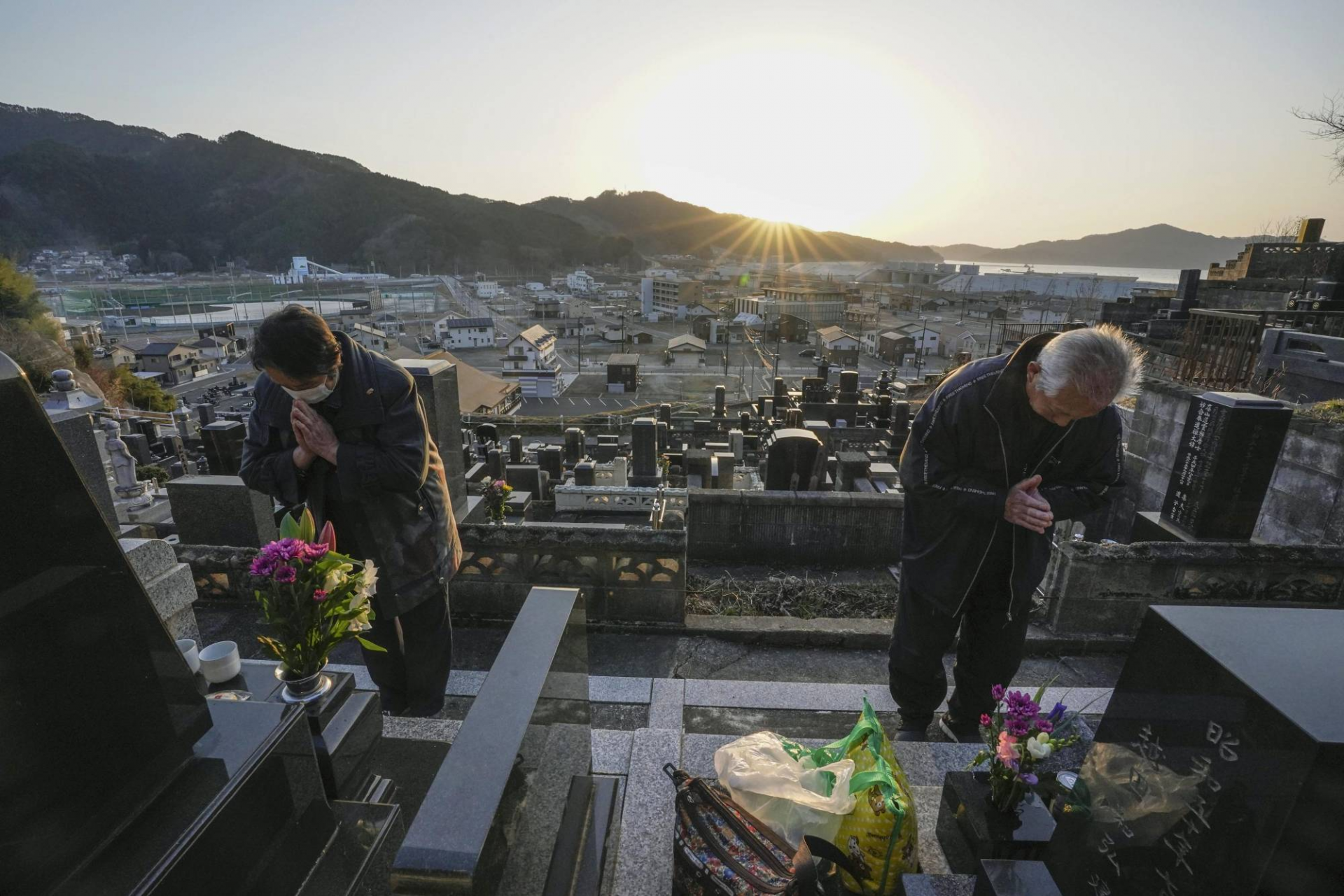 |
| A man and his wife pray for relatives at a grave in Otsuchi, Iwate Prefecture, on Thursday. The couple say they still can't come to terms with the lives lost. | KYODO |
At a downsized state-sponsored ceremony at the National Theater in Tokyo, Prime Minister Yoshihide Suga and guests will also observe a moment of silence at 2:46 p.m.
The ceremony was canceled last year due to the outbreak of the novel coronavirus, and with Tokyo currently under an extended state of emergency, the public will not be allowed to offer flowers at the venue as part of measures to prevent the spread of the virus.
Emperor Naruhito and his wife, Empress Masako, are scheduled to attend in the afternoon, when the emperor is expected to give remarks.
The government has also said the event will be the last in its current incarnation, with future memorial events depending on the situation at the time.
During a visit to Fukushima Prefecture last Saturday, Suga pledged to step up reconstruction in the devastated areas. The government last year approved a bill to extend the life of the Reconstruction Agency, established to oversee rebuilding efforts, until 2031, a decade longer than initially planned.
More than ¥30 trillion ($277 billion) has been spent for reconstruction projects in the past decade.
Evacuation orders, issued after tsunami waves hit the Fukushima No. 1 nuclear plant leading to the release of a massive amount of radioactive materials, have already been lifted in many parts of the prefecture with the progress of decontamination work.
The no-go zone now covers approximately 337 square kilometers, 30% of its maximum extent but still equivalent to more than half the area covered by central Tokyo’s 23 wards.
While the number of displaced people has dropped from a peak of 470,000, around 41,000 have yet to return to their hometowns since the magnitude 9.0 quake struck the region.
A decadeslong process to scrap the crippled plant continues, with operator Tokyo Electric Power Company Holdings Inc. saying earlier this month it had completed removal of all nuclear fuel rods from the storage pool of the No. 3 reactor building at the complex.
The No. 3 unit was one of the three reactors that suffered core meltdowns following the earthquake and tsunami. Japan decided in December 2019 to delay the removal of spent fuel from the storage pools of the other two reactors by as much as five years to March 2029.
Suga has indicated the government will soon decide how to dispose of treated radioactive water stored in tanks at the crippled power plant, especially with space expected to run out by the fall of 2022.
The decommissioning of the crippled facility remains uncertain, with doubts over whether TEPCO will be able to stick to the time frame in the face of numerous technical challenges.
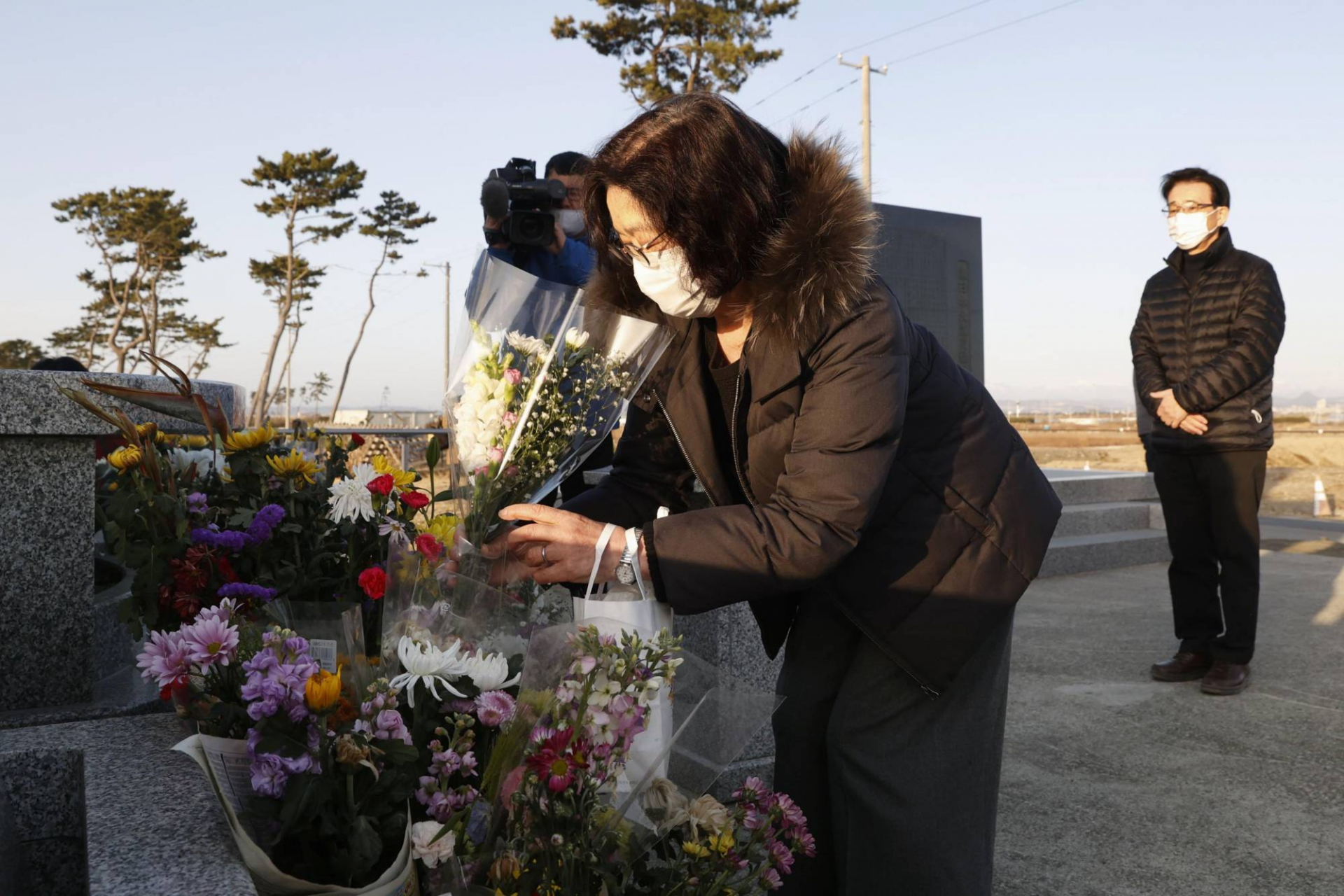 |
| A woman offers flowers at a memorial cenotaph in Sendai on Thursday, the 10th anniversary of the Great East Japan Earthquake. | KYODO |
How Japan bounces back from natural disasters
Japan has a long history of devastating natural disasters – from lightning strikes that have destroyed entire castles to the 2011 Tohoku earthquake and tsunami that wiped out entire towns. Yet, the nation’s history also includes countless tales of its people and places bouncing back again and again. What makes this country so resilient?
A country prone to disaster
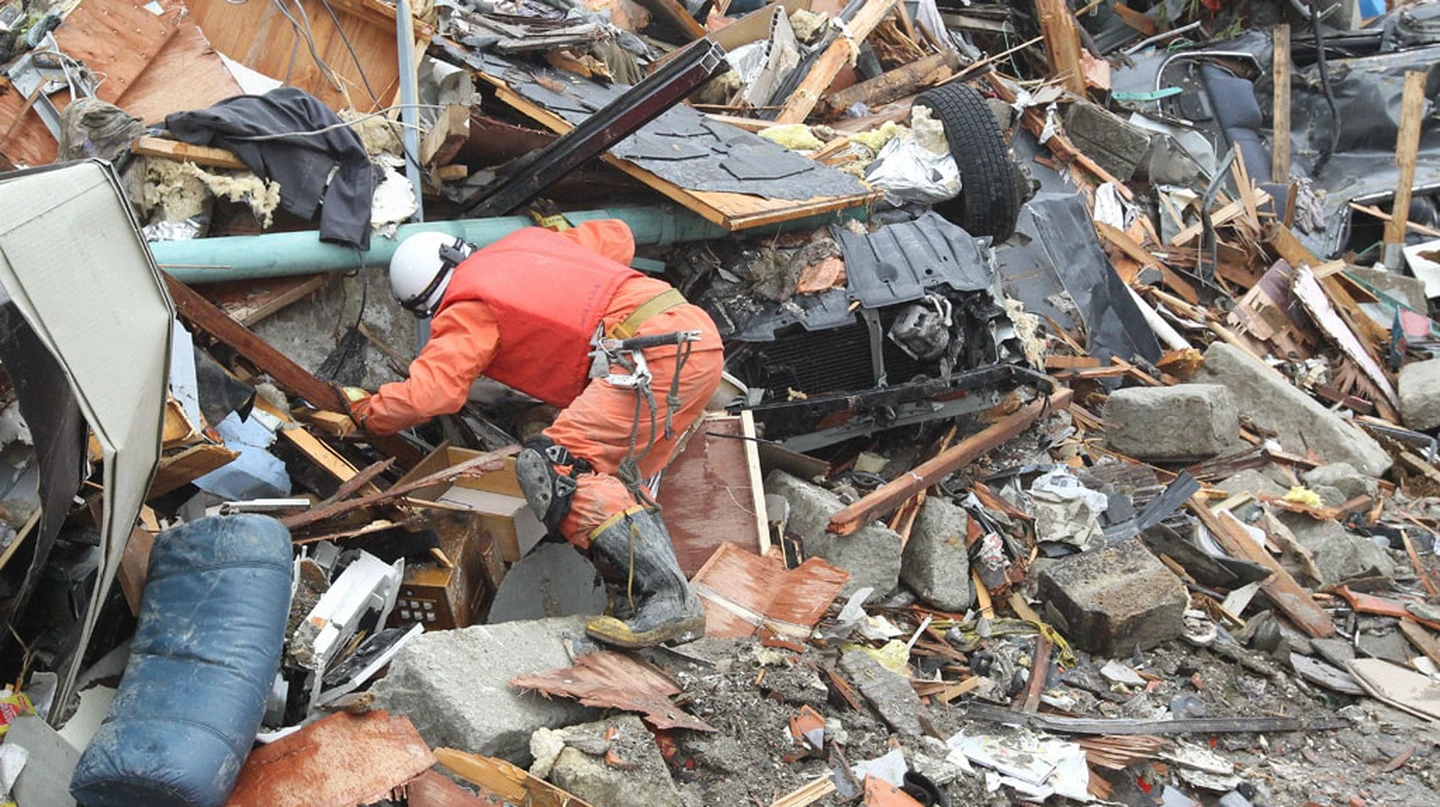 |
| Rescue teams searching for missing people in Natori devastated by the 2011 quake. | © RIA Novosti archive, image #882887 / Iliya Pitalev / CC-BY-SA 3.0 / WikiCommons |
People have varying impressions about Japan – perhaps sushi, modern Harajuku fashion, or the history of powerful samurai come to mind. Yet, many are also taught to associate Japan with tragedy – the atomic bombings of 1945 or the March 2011 earthquake and tsunami are common classroom and media topics. Yet, Japan remains a thriving country – immaculately clean, technologically advanced, and tourist-friendly. How can a place with a history of so much destruction thrive?
Perhaps this is simply because the Japanese are used to it. Its position on the map has always been perilous – earthquakes, tsunamis, and typhoons are common occurrences. Volcanoes are everywhere. Historically, most structures were built of wood, a material particularly susceptible to fire and floods, Culture Trip reported.
This means many of Japan’s historic sites are not original; they’ve been destroyed by earthquakes, fires, WWII-era bombings, or other calamities. Nara’s Todaiji Temple, one of the largest wooden buildings in the world and most visited sites in west Japan, has succumbed to fire damage and been rebuilt… twice. Even though the current structure is only about 300 years old (a short time considering it was initially completed in 751), it’s historical value hasn’t dwindled.
Similar cases are evident in places like Osaka Castle and Kinkaku-ji in Kyoto; even if the site isn’t completely authentic or original, it is still highly revered. The Japanese are also very mindful about reconstructing with the original character and design in mind, which certainly helps sites remain important and genuine in the eyes of both locals and tourists.
A culture of efficiency and resilience
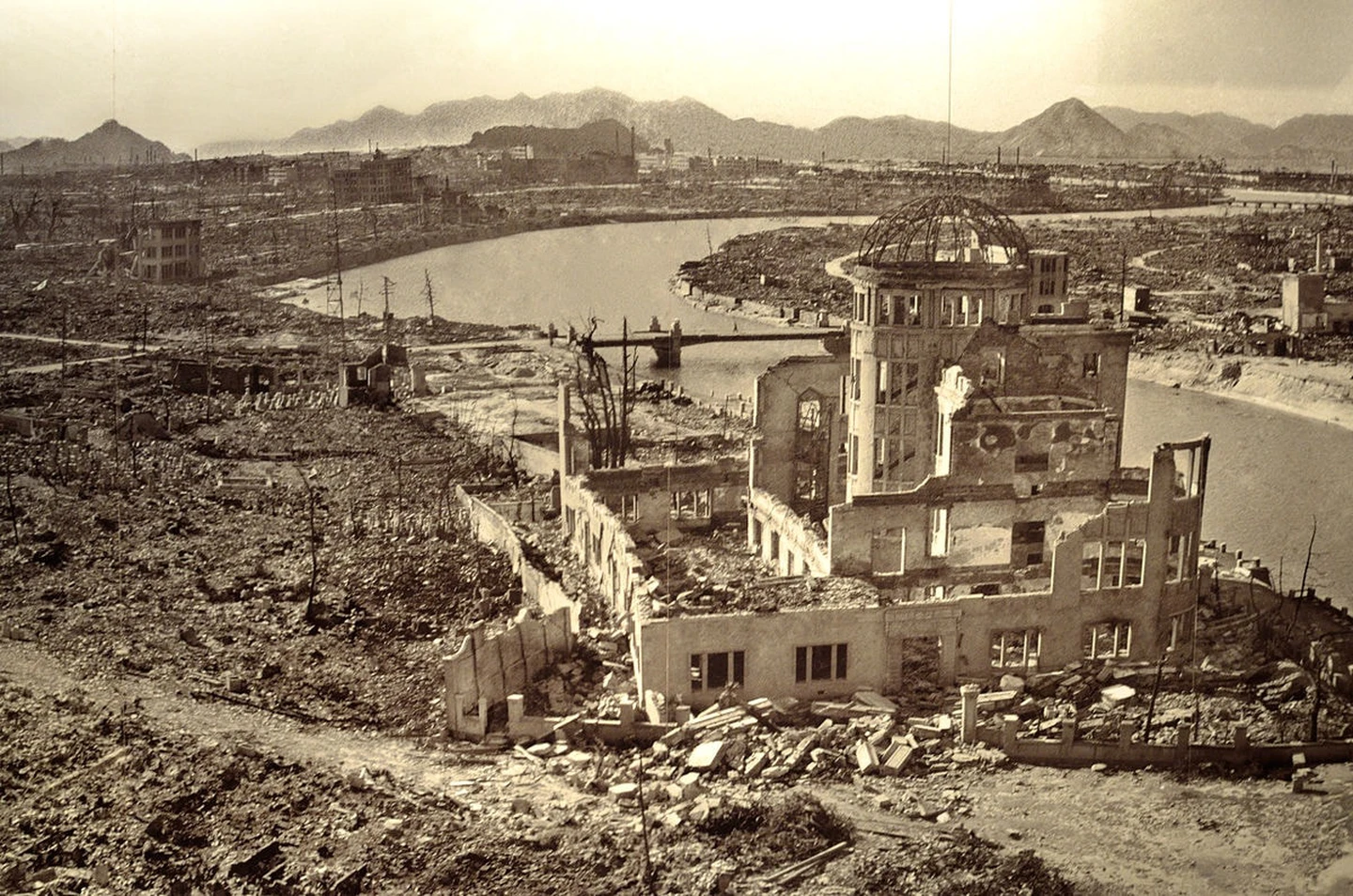 |
| The Industrial Promotion Hall, one of the few buildings still standing after the blast. | © M M / WikiCommons |
More common perceptions of Japan are the sense of oneness fostered by living in a primarily homogenous society and the almost robotic efficiency of the people and infrastructure. These views are exaggerated, but not entirely untrue in certain cases.
A study lent evidence to the power of community in saving lives during disasters after studying the casualties of the Tohoku earthquake in 2011. This “social capital” also helped prevent people from looting and acting recklessly and encouraged Japanese in unaffected regions to fundraise and send aid to the Tohoku area.
Not only did citizens help each other after the quake, but the Japanese government has systems in place to mitigate disaster. The nation’s crisis management system includes the most advanced earthquake and tsunami warning in the world.
Although there are shortcomings, as in any country, it’s difficult to dispute the hardworking and helpful spirit of the Japanese. This translates to a swift recovery after disaster occurs.
A unique approach to historic preservation
Though Japanese infrastructure and commerce tend to recover quickly from natural (and other) disasters, the people have a long memory. Sites of destruction may be rebuilt, but they are also memorialized and preserved in interesting ways.
The Hiroshima Peace Park and Museum is one of the most powerful and humbling monuments in Japan, if not the world. The complex retells the history of the city before and after the atomic bombing in a way that is both moving and harrowing. The former Industrial Promotion Hall, now known as the Atomic Bomb Dome, has been reinforced but left standing as it was following the bombing; it is located just below where the bomb detonated. The park and museum are built around this site.
In 1995, the city of Kobe was decimated by the Hanshin Earthquake. Over 6,000 people were killed, and much of the infrastructure was damaged or destroyed, including entire buildings, subways, and highways. To remember this event, a section of Kobe’s port was preserved as it was after the quake and turned into a memorial.
Today, both cities are gorgeous and thriving. It’s hard to believe anything so destructive could have happened in the last century. Yet, the memory of both disasters lives on. This is the spirit of Japanese resilience: move on, but never forget.
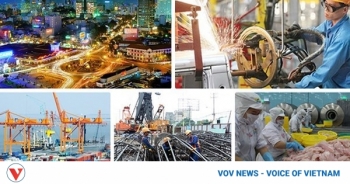 | Japanese journal: Vietnam to represent bright spot in global economy in 2021 Many forecasts have outlined the nation’s economic growth in the year ahead, with a reputable UK bank forecasting that the Vietnamese economy is likely to ... |
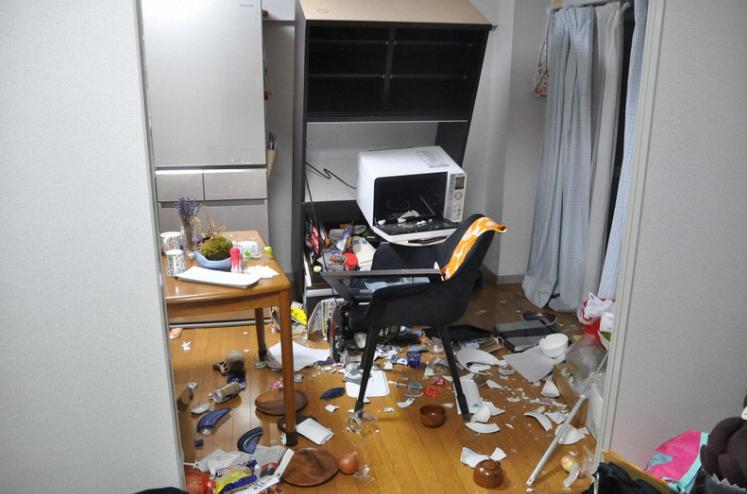 | Japan Earthquake: No Vietnamese casualties reported, Embassy ready to protect citizens No Vietnamese casualties had been reported following a powerful earthquake that struck off the coast of Fukushima on February 13 night, said the Vietnamese Embassy ... |
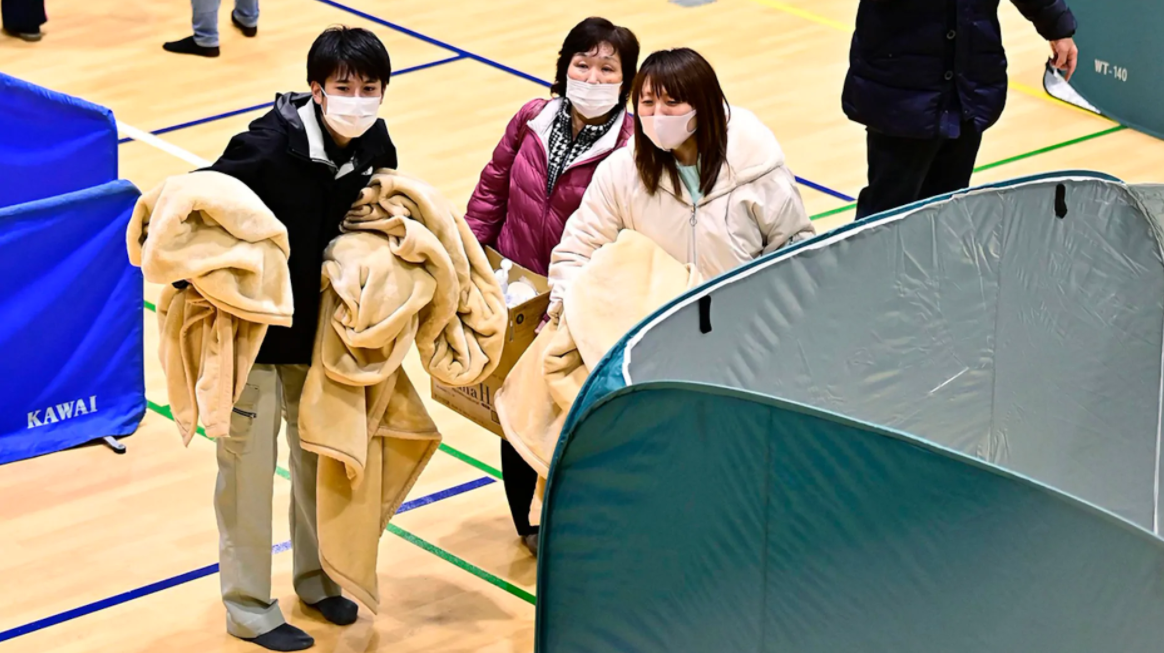 | Powerful quake hits Japan, evoking a worrisome memory The epicenter of the quake was off the coast of Fukushima Prefecture, the site of a massive earthquake and tsunami in 2011 that killed thousands ... |
Recommended
 World
World
India strikes back at terrorists with Operation Sindoor
 World
World
India sending Holy Relics of Lord Buddha to Vietnam a special gesture, has generated tremendous spiritual faith: Kiren Rijiju
 World
World
Why the India-US Sonobuoy Co-Production Agreement Matters
 World
World
Vietnam’s 50-year Reunification Celebration Garners Argentine Press’s Attention
 World
World
"Will continue offering our full support to Indian govt": US FBI Director after Pahalgam attack
 World
World
"Great Leader": JD Vance Lauds PM Modi During His India Visit
 World
World
Trump’s Tariff Pause: A Strategic Move from “The Art of the Deal”?
 World
World

